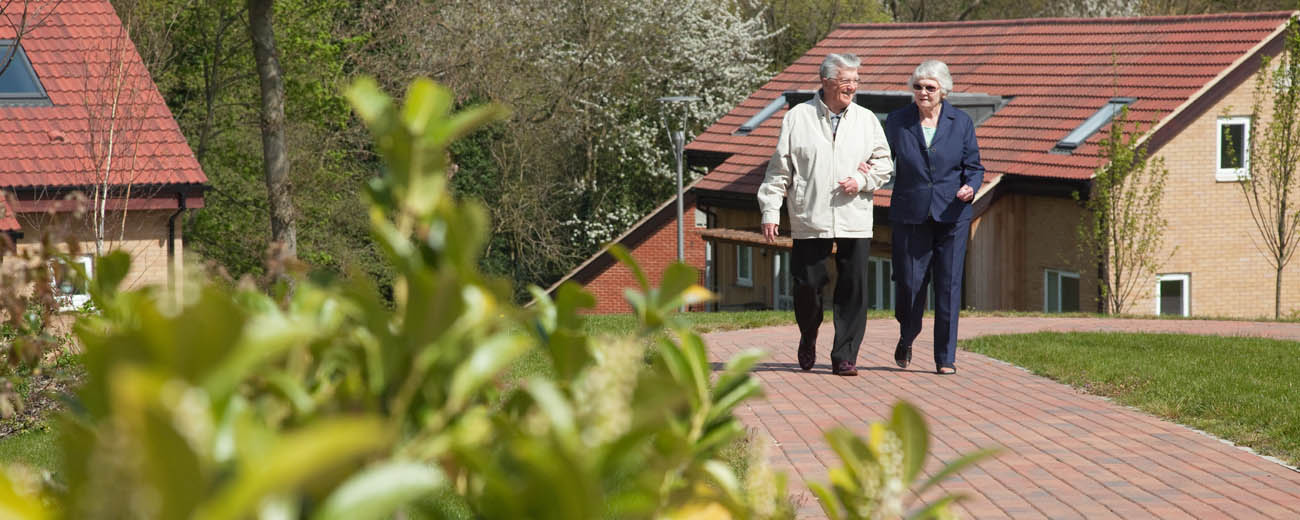
SLOVENIAN NETWORK of Age-friendly Cities and Communities
Slovenia began implementing the Age-Friendly Cities program in 2008. The basis for the creation of the program and of the Slovenian Network of Age-Friendly Cities and Communities was a research, following the Vancouver Protocol and carried out in the Slovenian capital Ljubljana (2009-2010), and the implementation of two handbooks (Age-Friendly Cities, 2008 and Province-Wide Age-Friendly Initiative, Canada). We encountered a very good response from the mayors of some of the largest Slovenian cities. Since 2010 other communities joined the Slovenian network. The Slovenian network is extended to currently more than 15 members.


The main aim of Slovenian network is to disseminate good practice and experiences together with the implementation of guidelines for quality ageing and intergenerational relations. The Slovenian network also helps cities and communities with evaluation and provides professional support, especially for the development of new soft approaches. During the implementation and development of the Slovenian network of age-friendly cities and communities two features of the network emerged.
In introducing and developing the Slovenian network of age-friendly cities and municipalities two special characteristics of the network were formed.
1. Local Honorary Board of age-friendly cities and municipalities
The Slovenian distinctive feature is a local honorary senior committee, which is formed in the preparatory phase. In this phase the Institute helps the city’s local politicians, management, professionals and civil society by providing information about the program. After that, a group of about 20 deserving citizens is selected in the local environment – a local Honorary Committee. They are willing to cooperate in the establishment and development of this program. Alongside the citizens of the third generation there are usually also some representatives of the young and middle generation in this committee.
After appropriate preparation of the committee there is a local promotional event, where members receive manuals Age-friendly city - VADEMECUM, or an Age-friendly community - VADEMECUM (in rural communities). (LINK: http://www.inst-antonatrstenjaka.si/slike/131-1.pdf) In this manual, there are 84 global (ie. 112 Canadian) recommendations for all 8 fields, followed by blank pages on which each member writes, what is age-friendly in his environment, what needs improvement and how. Their findings assist the local authorities in the beginning of the preparation of a 5-year local strategy in the field of aging and strengthening solidarity between generations, their findings are also useful while the program is taking place for its annual evaluation of and modification. Experience with the operation of the local honorary committees is good: their contribution is important for raising awareness of the population about the program of age-friendly communities, their concrete information on age-friendly aspects of the community and the possibilities for development in this area is one of the essential elements in the preparation and sustained implementation of the program of age-friendly communities.
2. The integrated 3-level scope of programs in the 5-year development strategy of age-friendly local community
The integrated three-level programs in the 5-year development strategy of age-friendly local community is next distinction of Slovenian network. Based on the findings that it is an essential requirement for successfully tackling the demographic tasks and challenges to strengthen the "new solidarity between the generations" (EU Green Paper on Confronting demographic change) and our long-standing professional experience in the development of new programs, 5-year local development strategy of age-friendly communities contains concrete projects for the integration of existing and introduction of new programs needed for three most essential areas.
In each of the three areas relevant to the age-friendly city or municipality, community should introduce or improve at least three modern programs promoting their development. During the financial crisis we particularly recommended the introduction of soft programs which are low cost and reach a large proportion of the population - with the new methodical knowledge, better organization of existing institutions and services, through volunteering and similar methods they significantly improved the situation and often represented the answer to actual needs of the people. We work in the following areas:
2.1. Programs for long-term care of sick, disabled elderly and other persons with disabilities (relevant for 5% of the population) – our primary focus is on implementing the course for family and other informal carers, who represent 10% of the population (Research on ageing in Slovenia, 2013).
2.2. Programs for active and healthy ageing of entire senior generation (relevant for 20% of total population) – we mostly focus on training and coordination of the volunteers (companions and multipliers). They carry out existing sporting, cultural and entertainment programs in groups for older people and also new programs such as the Program for prevention of falls in the old age, Living with High Blood Pressure program etc.
2.3. Programs for strengthening solidarity between generations and the education of all residents for the better coexistence (applicable to 100% of the population). The decisive factor is the participation of kindergartens, primary and secondary schools in the network. An example of a very successful cooperation is the program of voluntary companionship between young people and the retired while learning to use information and communication technologies.
For more information you are invited to contact us at the following addresses:
Ana Vujović (ana@inst-antonatrstenjaka.si) or directly through the (info@inst-antonatrstenjaka.si).